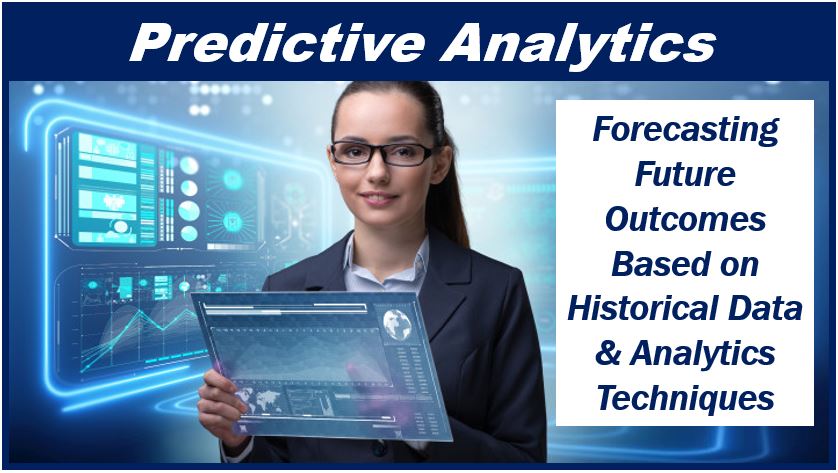Predictive analytics is a broad field, and one that can be harnessed by almost any type of business (or government organization). Overall, predictive analytics is meant to help businesses solve problems by forecasting trends, identifying patterns, and “predicting” the future. For example, you might implement a predictive analytics algorithm to identify customer patterns of behavior so you can predict what each customer might do next on their journey.

What are the benefits of such an approach? And what are the different industries that can use it?
Possible Applications of Predictive Analytics
Predictive analytics can be used by almost any business or organization. These are just some of the potential application:
Government/public sector
With the help of a government consulting firm, government organizations can leverage the help of predictive analytics to better understand things like population trends, traffic patterns, and even fraud and consumer behavior. These institutions can also use predictive analytics to improve cybersecurity, and protect their valuable data.
Banking and financial services
The finance industry is one of the most prominent when it comes to predictive analytics. Banks can easily track fraudulent activity and make predictions about whether a transaction is legitimate or fraudulent. They can track consumer spending patterns, and help them make better financial decisions, or measure their credit scores as a predictive risk metric. They can even use predictive analytics to track the performance of assets like stocks and real estate.
Retail sector
The retail industry also commonly uses predictive analytics to better understand its customers and serve them better. For example, through predictive analytics, it’s possible to make assumptions about what a customer might buy next after making a purchase. You can also use data to categorize different types of customers, and market to them more efficiently.
Health and other types of insurance
Health insurance and other insurance segments can use predictive analytics as an underwriting tool to evaluate the risks associated with individual clients. With better predictive analytics in place, insurance companies can offer more personalized services and rates to individuals, ultimately providing better deals to customers while still maximizing profit.
Manufacturing sector
In the manufacturing world, predictive analytics can be used for a variety of functional improvements. You can use these algorithms to predict production failures or interruptions in service, and identify opportunities for efficiency or safety improvements.
The High-Level Benefits
Each of these sectors can get something different from predictive analytics, but the core benefits are almost always in place:
Improving operations and efficiency
One of the biggest potential benefits of predictive analytics in any industry is improving operations and efficiency. When you better understand how your business operates, you can implement changes meant to streamline that operation.
Depending on the nature of your organization, that could mean using resources in a more efficient way, proactively maintaining your manufacturing equipment, or studying the performance of your individual human employees. In any case, you should be able to pin down the variables that influence your efficiency, and tweak them to get better results.
Providing better services to customers
It’s also common for companies to use predictive analytics to provide better services to customers, at every stage of business interaction. An easy example here is providing personalized product recommendations to customers when they’re shopping with your business online; with analytics, you can predict what they’re going to buy next and offer it to them proactively, improving their overall experience.
You can also use predictive analytics to make better marketing campaigns, or improve your audience targeting overall.
Creating better data and analytic understanding
From a high level, predictive analytics also allows businesses to better “understand” the way they operate. For example, with predictive analytics, you can chart and study the behavioral patterns of your online or in-person customers. With this in mind, you can make adjustments to your business model, change your target audience, and make other strategic decisions to improve your long-term prospects.
Reducing risk
Many businesses, especially those in the financial and insurance sectors, use predictive analytics primarily as a way to reduce risk. With the right algorithms, you can easily anticipate which of your clients and which business decisions are most likely to carry a financial risk—and how much, on average, that risk might be. Ultimately, this leads to much more efficient decision making.
Gaining a competitive advantage
Ultimately, almost every possible use of predictive analytics could lead you to enjoy a competitive advantage. You’re calculating risks and understanding your customers in ways that your competitors simply can’t; accordingly, they’ll have a hard time catching up until they start using the same tools.
Predictive analytics can be used for such a wide range of applications, it’s hard to imagine all its potential uses. No matter what type of industry you work in, predictive analytics could be used to improve your business in at least one way.
Interesting related article: “What is Forecasting?“

